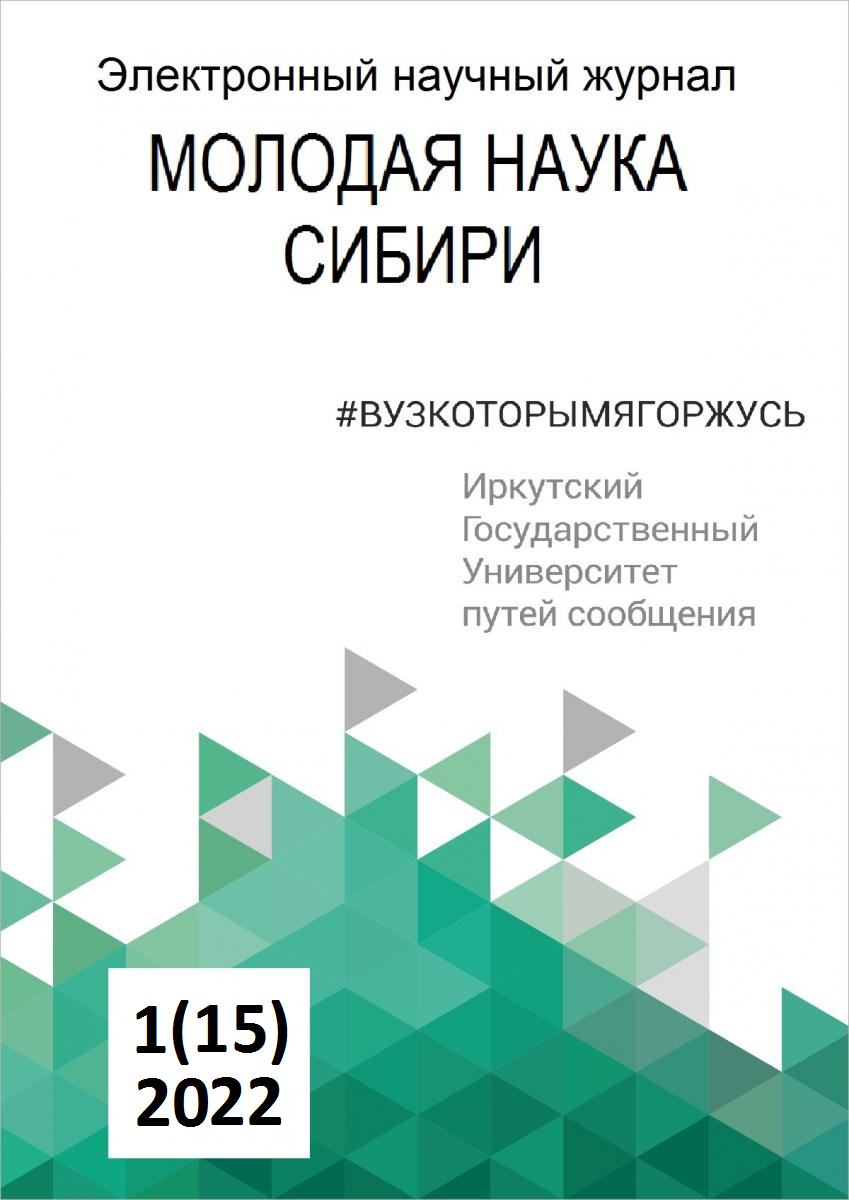ASPECTS OF AUTOMATED SYSTEMS FOR CONTROL OF CUTTING FORCES DUR-ING MECHANICAL MACHINING
Keywords:
dynamometer, calculation of cutting force, device for measuring force during machiningAbstract
Machining in recent decades is characterized by a revolutionary pace of increasing cutting speeds. Despite a long history and sufficient conservatism, machining by cutting has not lost its primacy, due to the fact that in terms of energy costs per unit of production, it remains the most economical of all available. The calculation of cutting forces, and, accordingly, the load on the workpiece, tool, fixture and part remains a rather difficult task today. This problem is especially aggravated when using new structural materials and products made from them, which are characterized by increased complexity, which includes almost all products of transport engineering. Thus, solutions can be easily found using experimental methods, techniques and instruments. This article provides an overview of existing instruments for measuring cutting force during machining. In the modern world, three types of dynamometers are used: mechanical (spring and lever); hydraulic; electrical.
An analysis of the advantages and disadvantages of each type of dynamometer is given in order to determine the most versatile and affordable device for studying and determining cutting forces during various types of machining. The conducted studies and analysis of their results presented in the paper show that the most suitable type of dynamometer is electric.
References
Брокгауза и Ефрона энциклопедический словарь / Кауфман И.М. / Брасос – Веш. – М.: Советская энциклопедия, 1971. – 45 с.
Павлов И.О., Ушаков М.В., Воробьёв И.А. Система для измерения сил резания. Компоновка, тарирование и оценка погрешности. Известия ТулГУ. Технические науки, 2013, № 10, c. 159–168.
Shastin V.I., Livshits A.V., Filippenko N.G. Kargapoltsev S.K. Laser alloying of wear surfaces with metal components // International Journal of Applied En-gineering Research. 2017. Т. 12. № 17. С. 6499-6503Poletika M.F. Instruments for measuring forces of cutting. M., Mashgiz, 1962
Полетика М.Ф. Приборы для измерения сил резания. М., Машгиз, 1962.
Буторин Д.В., Лившиц А.В., Филиппенко Н.Г. Автоматизация процесса контроля фазовых и релаксационных превращений в полимерных материалах // Информационные системы и технологии. 2017. № 1 (99). С. 44-53.
Желудков В.Н. Динамометрические приборы. Л., 1976.
Ларченко А.Г., Лившиц А.В., Филиппенко Н.Г., Попов С.И. Устройство диагно-стики деталей из полиамидных материалов // Патент на полезную модель RU 132209 U1, 10.09.2013. Заявка № 2013115531/28 от 05.04.2013.
Грановский В.А. Динамометрические измерения. Л., 1984
Думчев И.С., Ларченко А.Г., Филиппенко Н.Г., Лившиц А.В. Восста-новление по-лиамидных сепараторов подшипников буксового узла подвижного состава ОАО РЖД Моло-дой ученый. 2012. № 12. С. 48-51.


